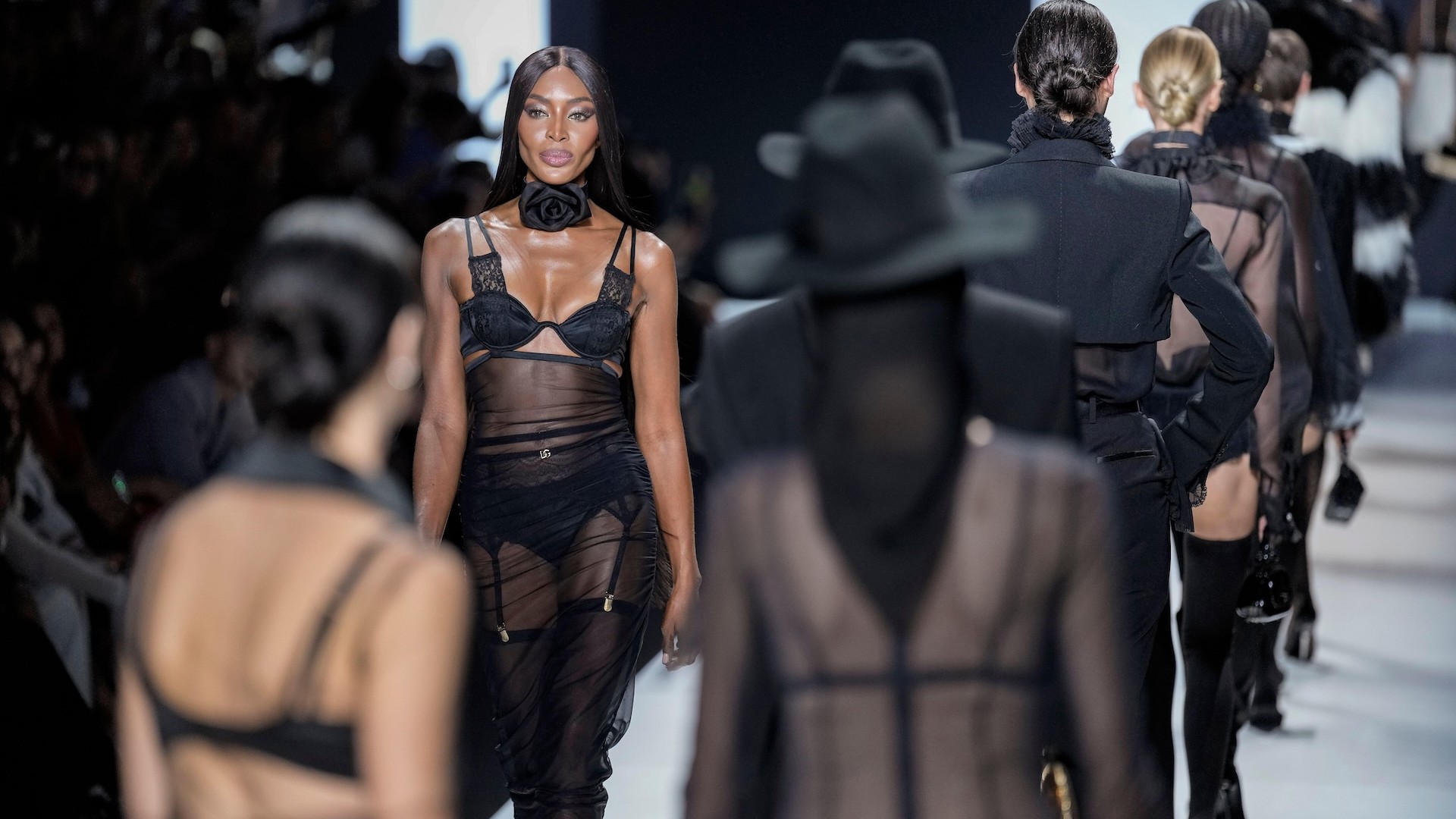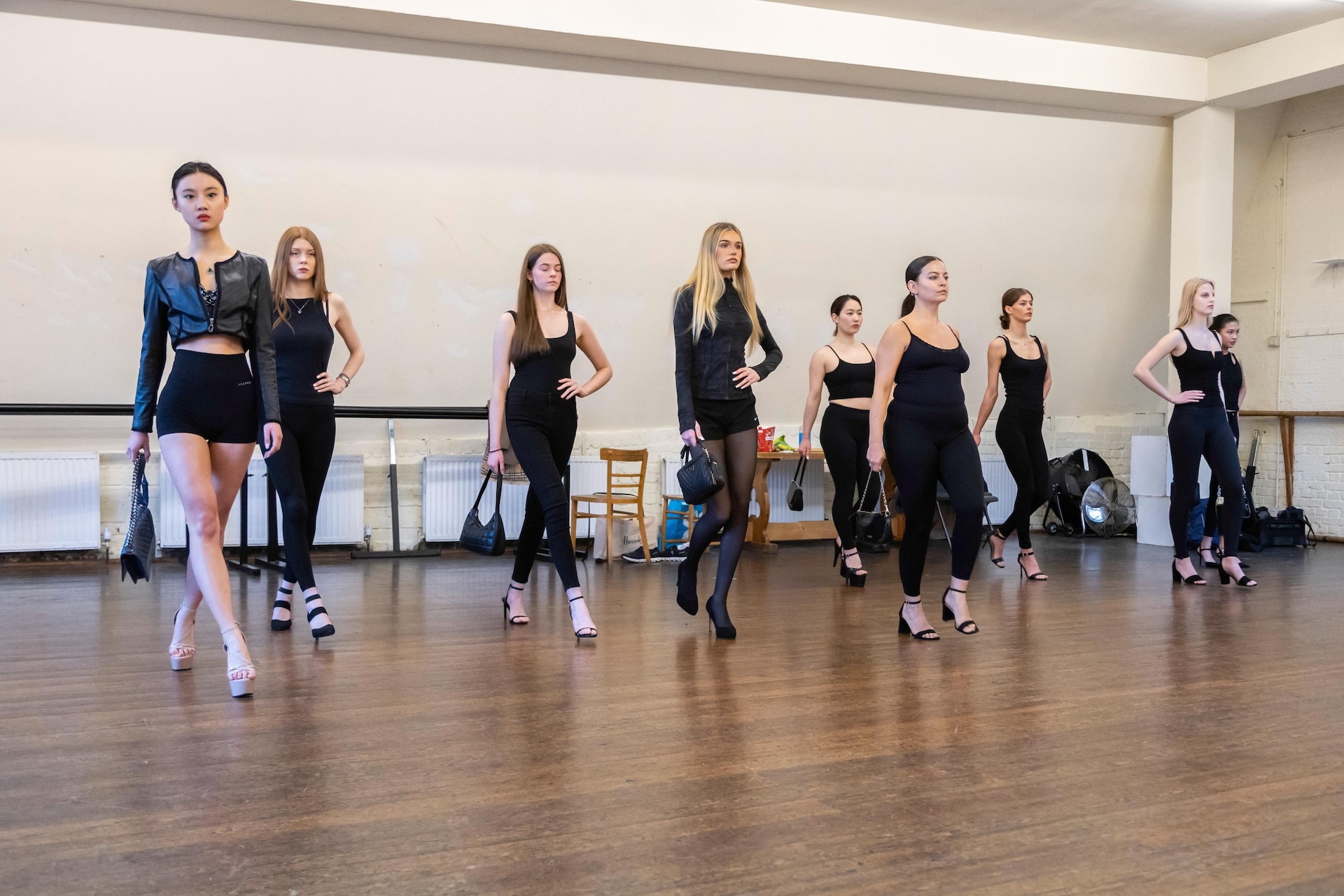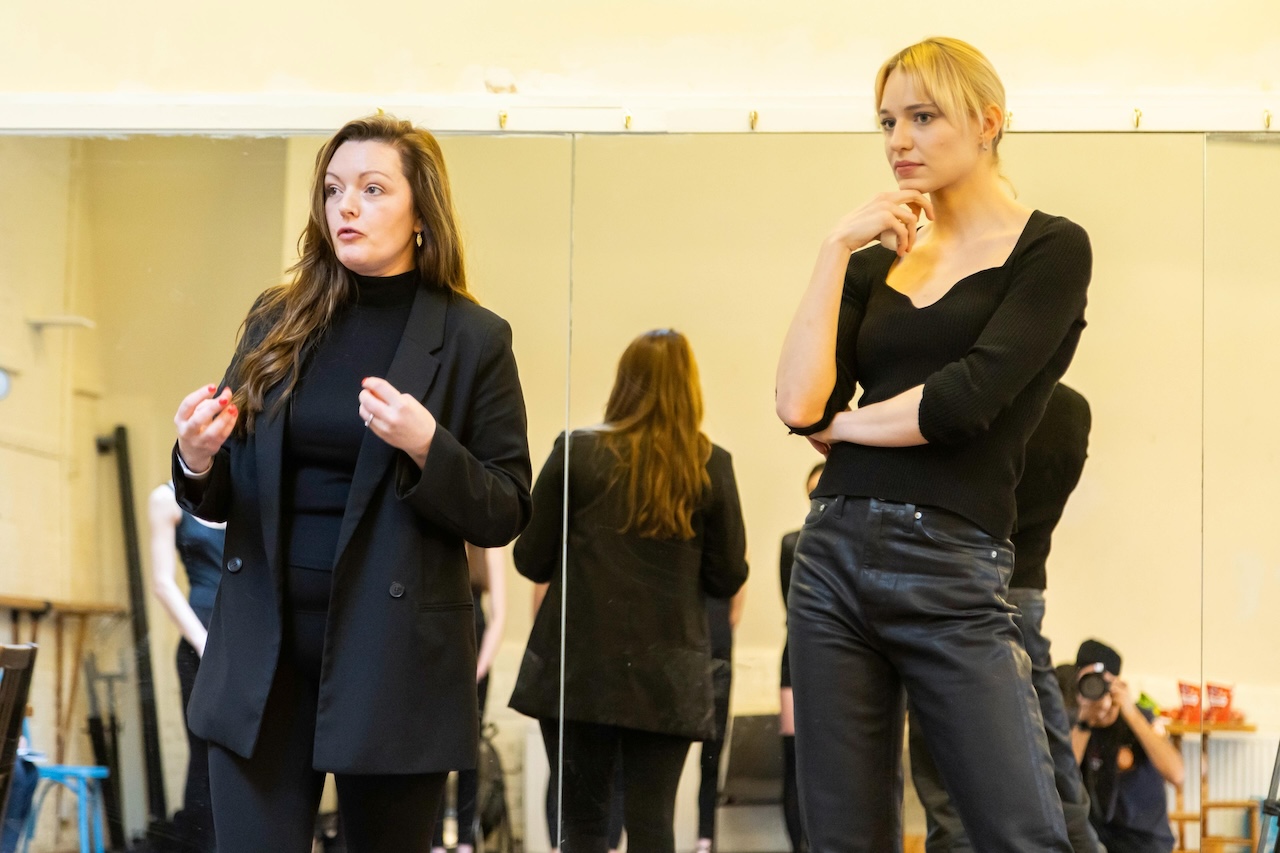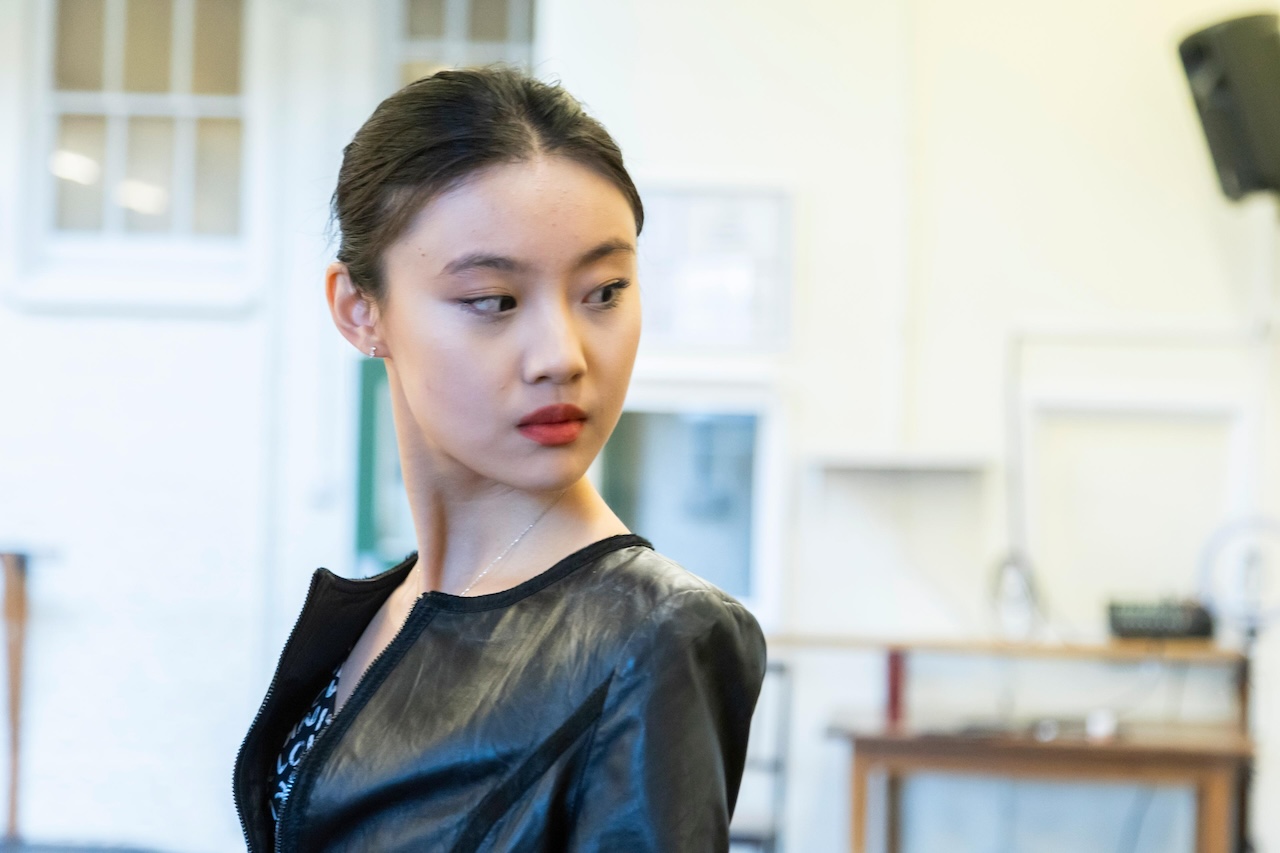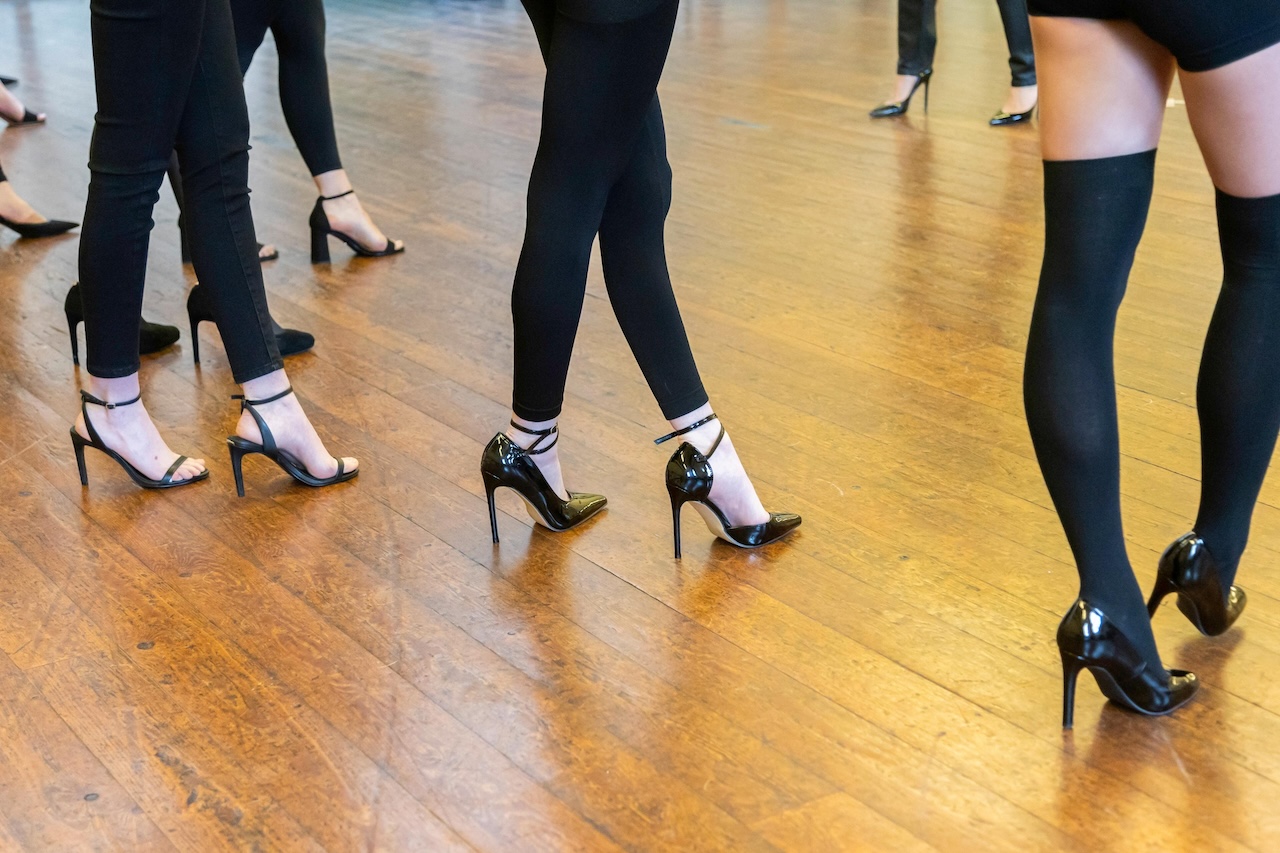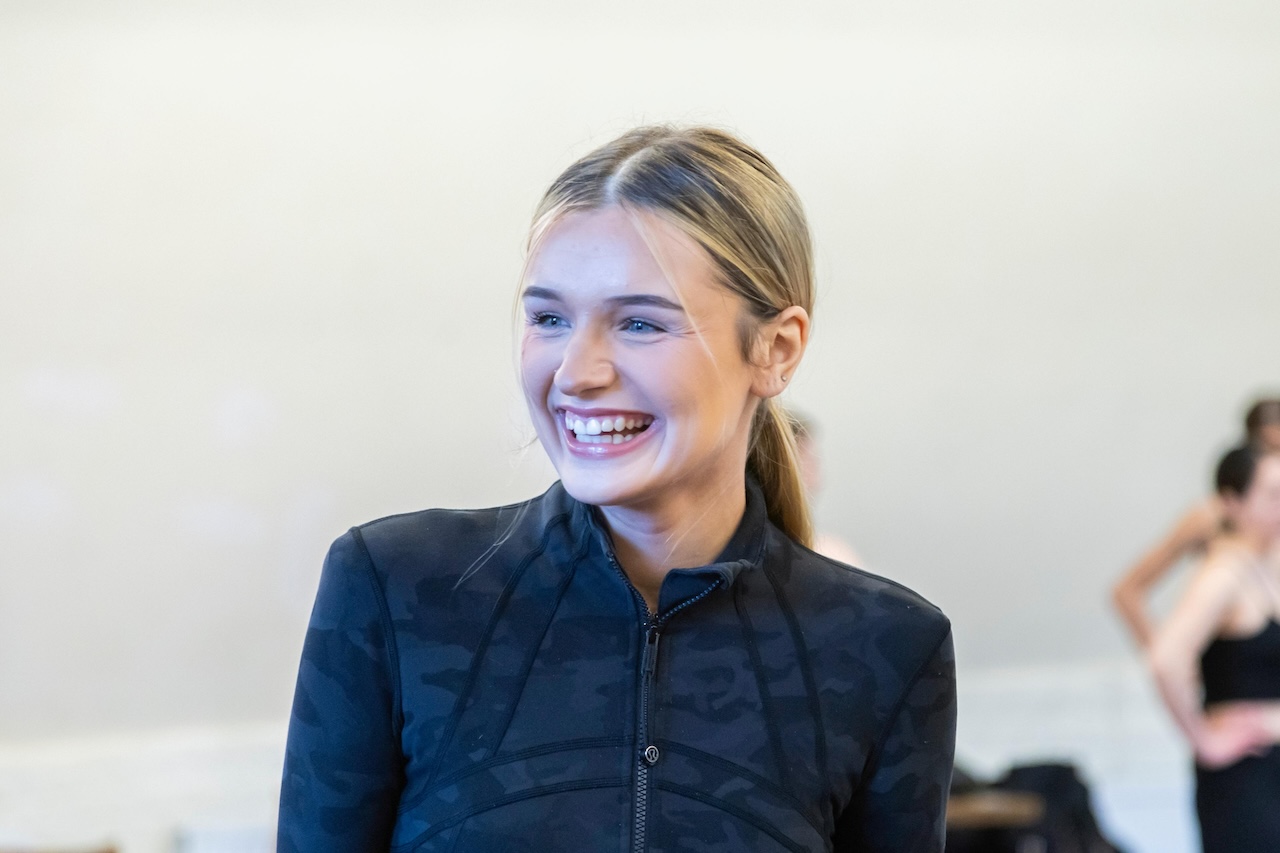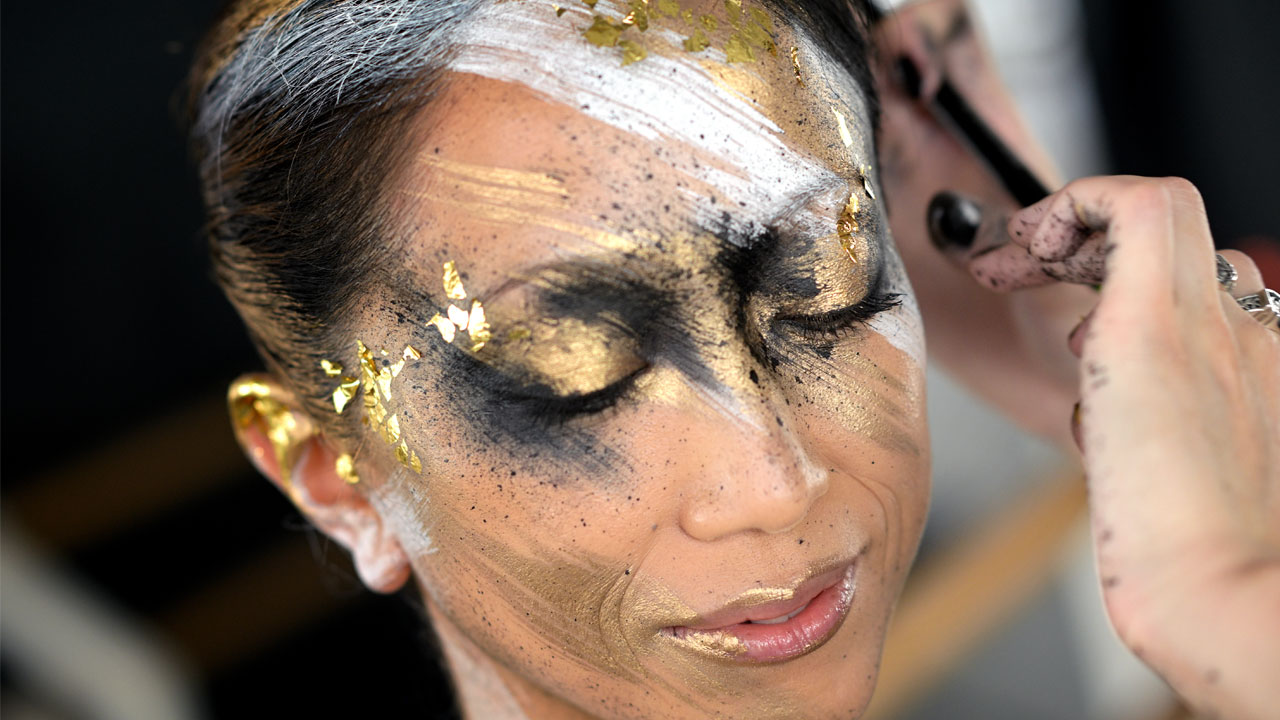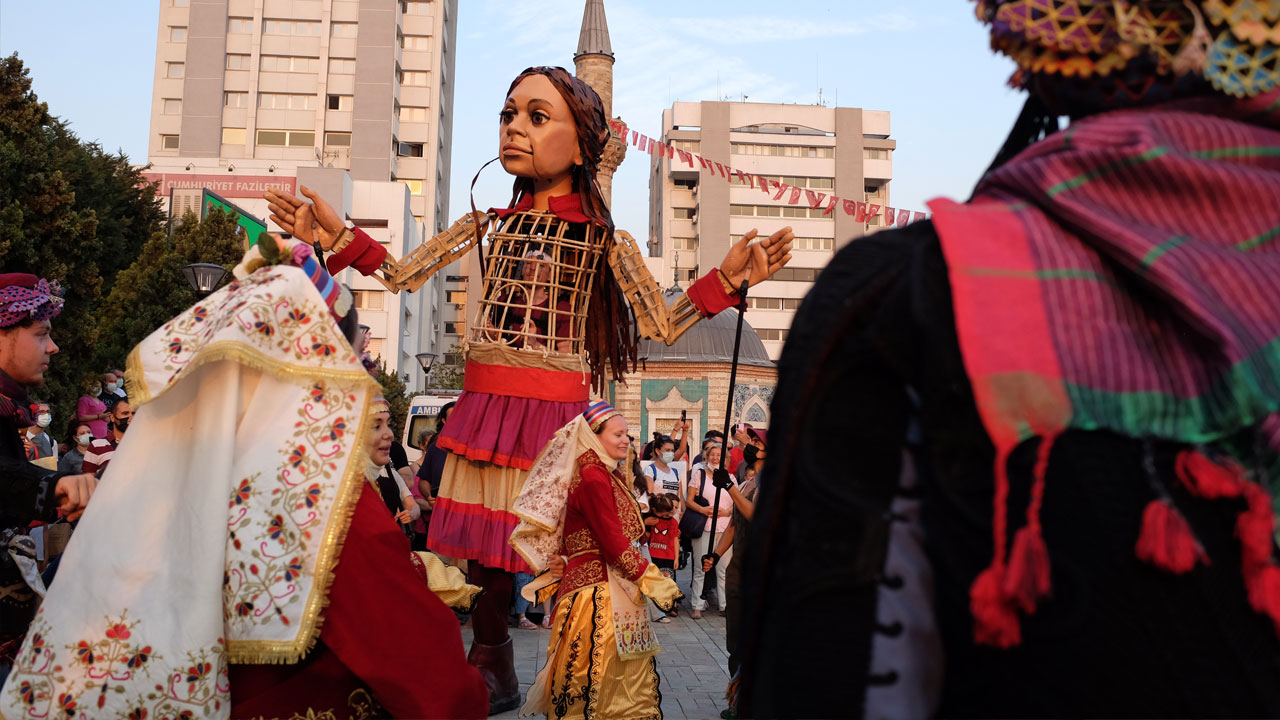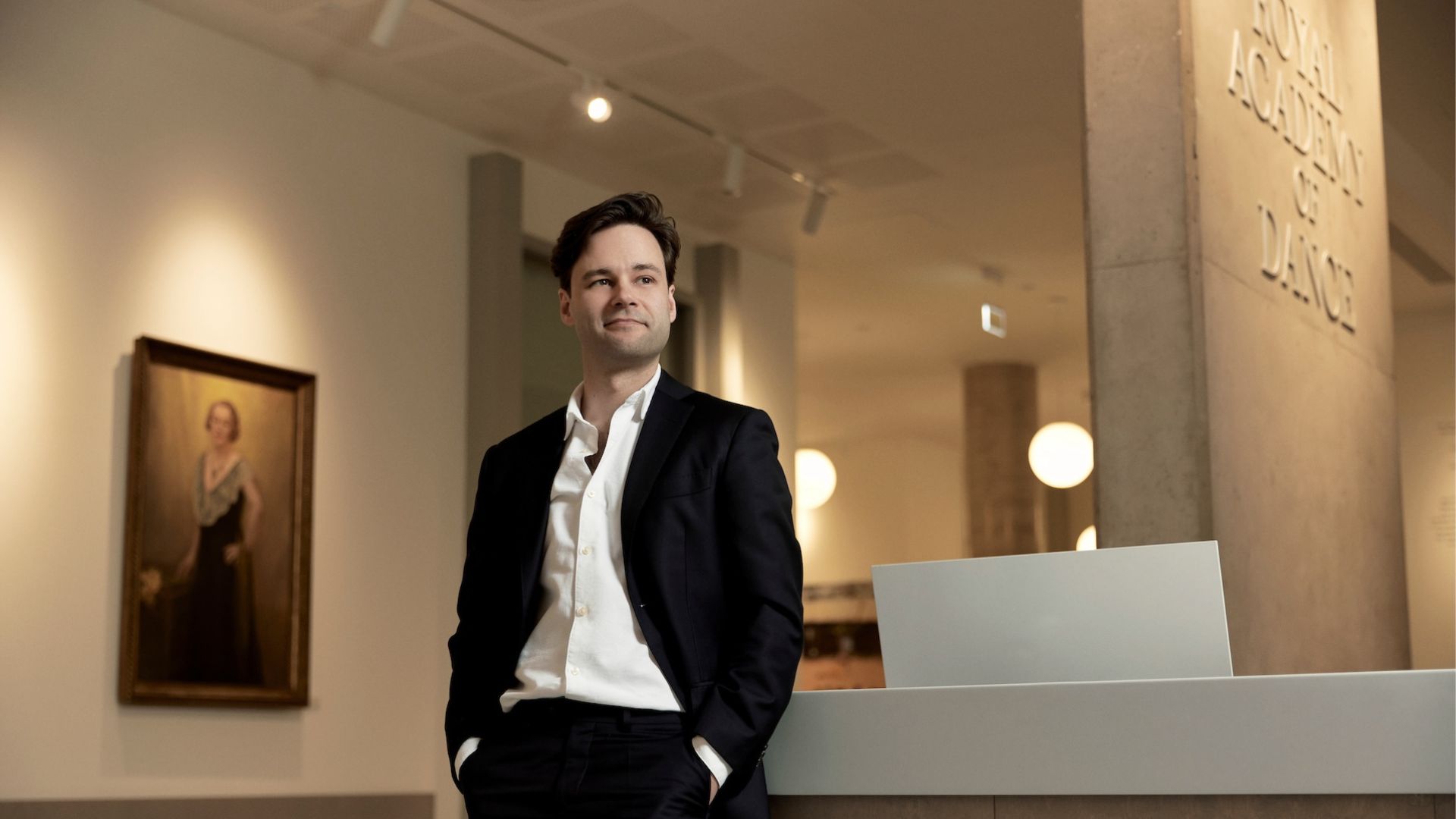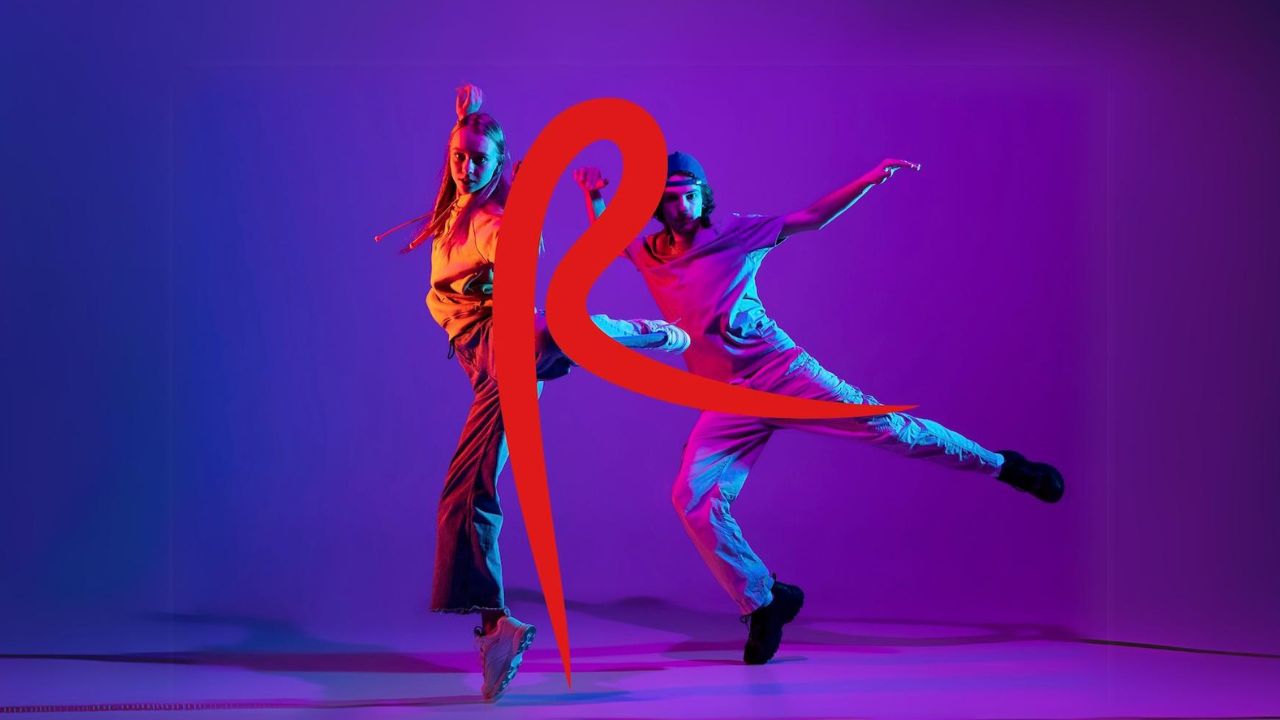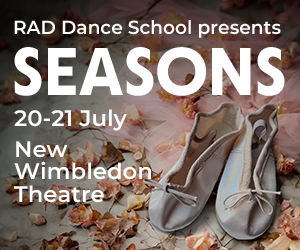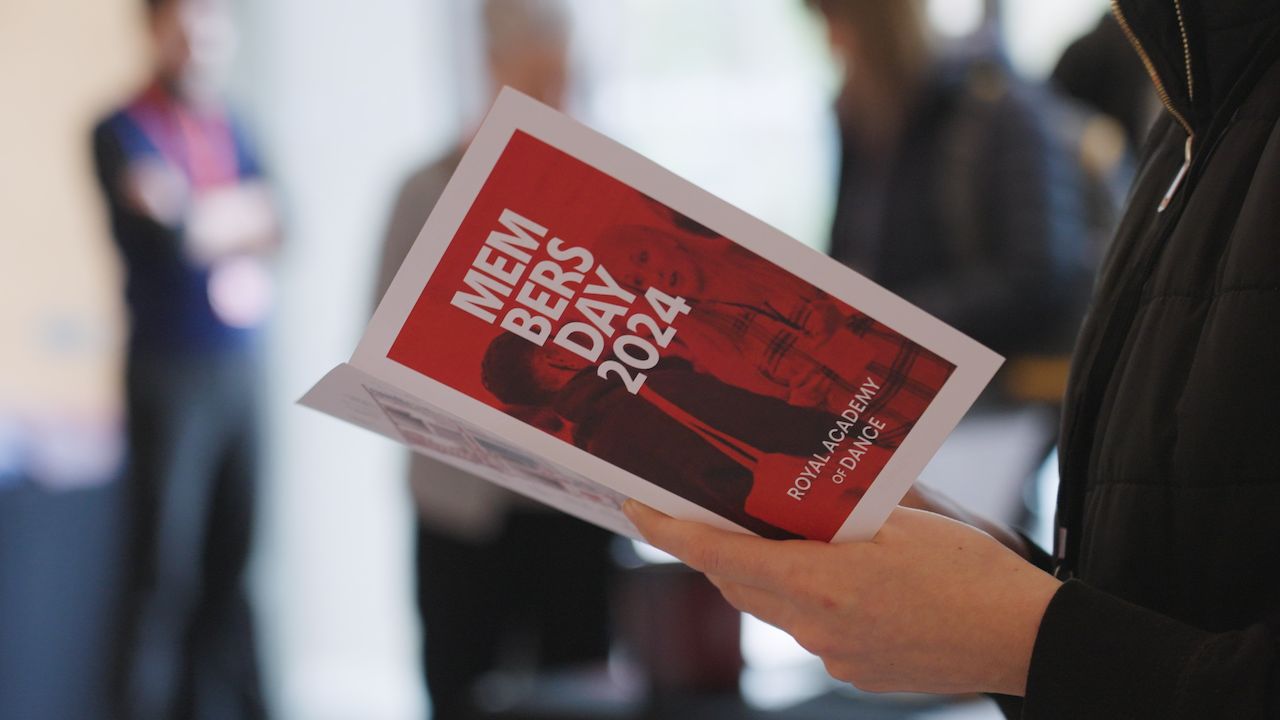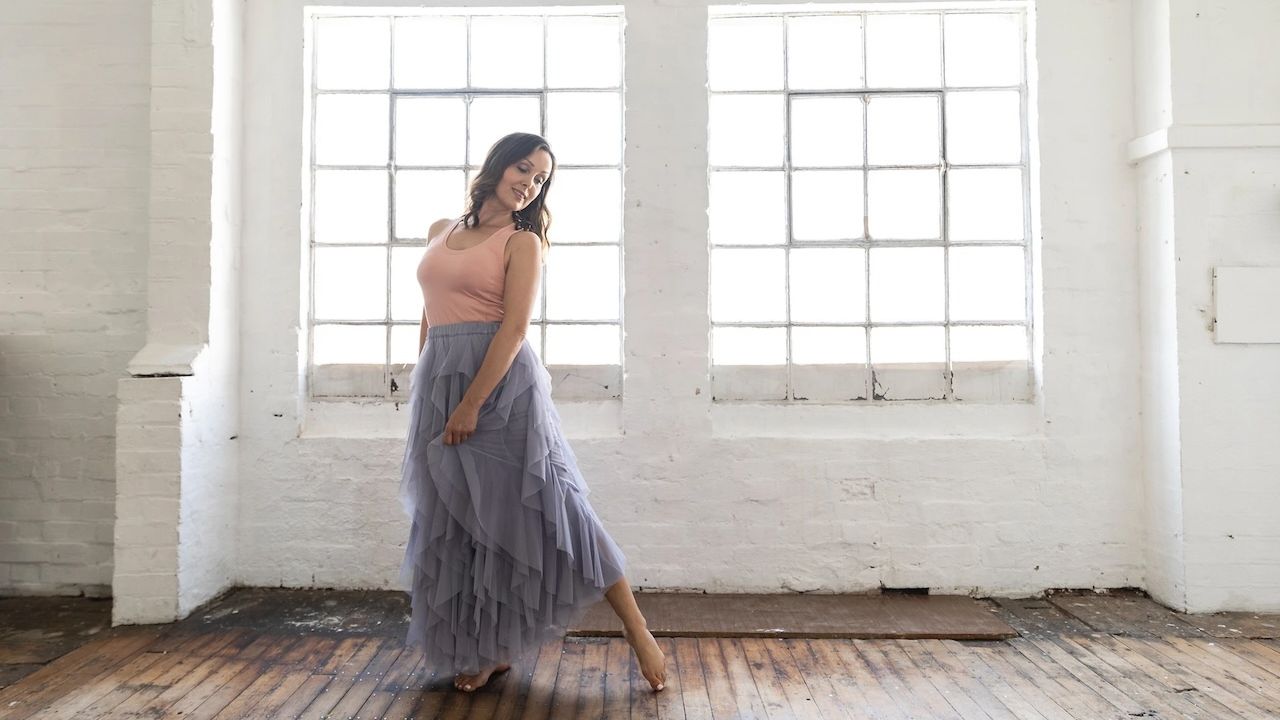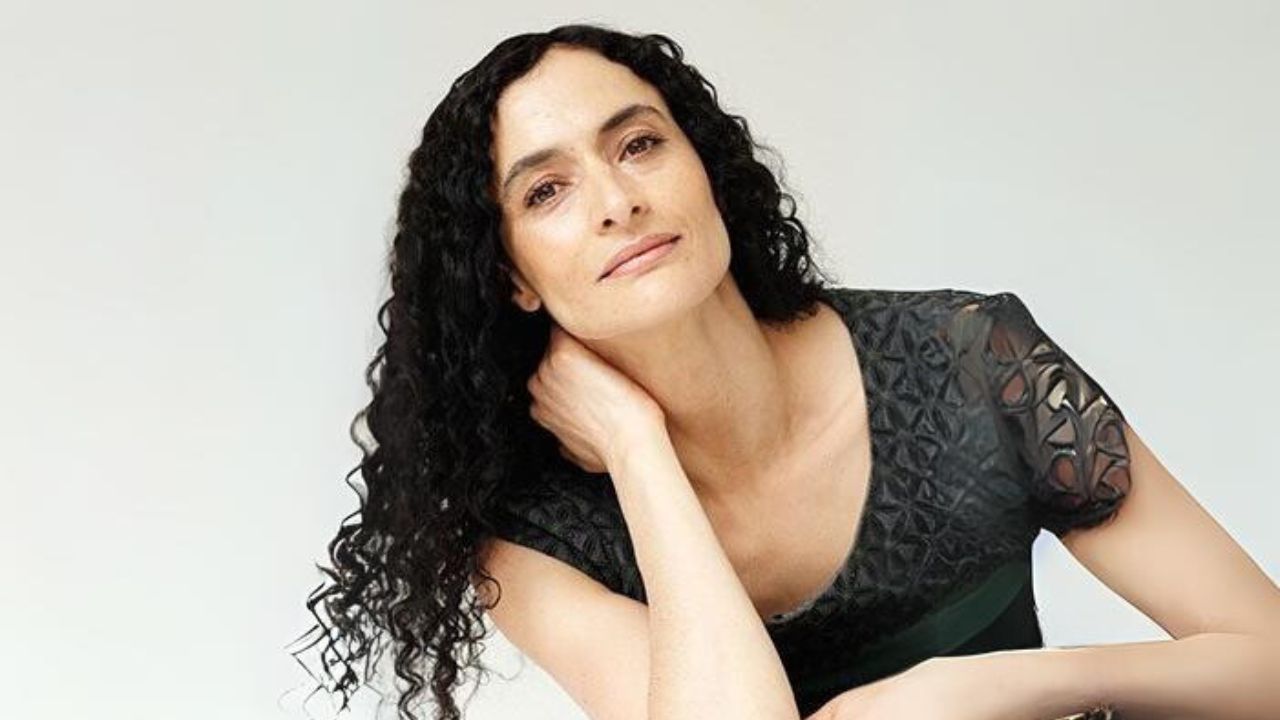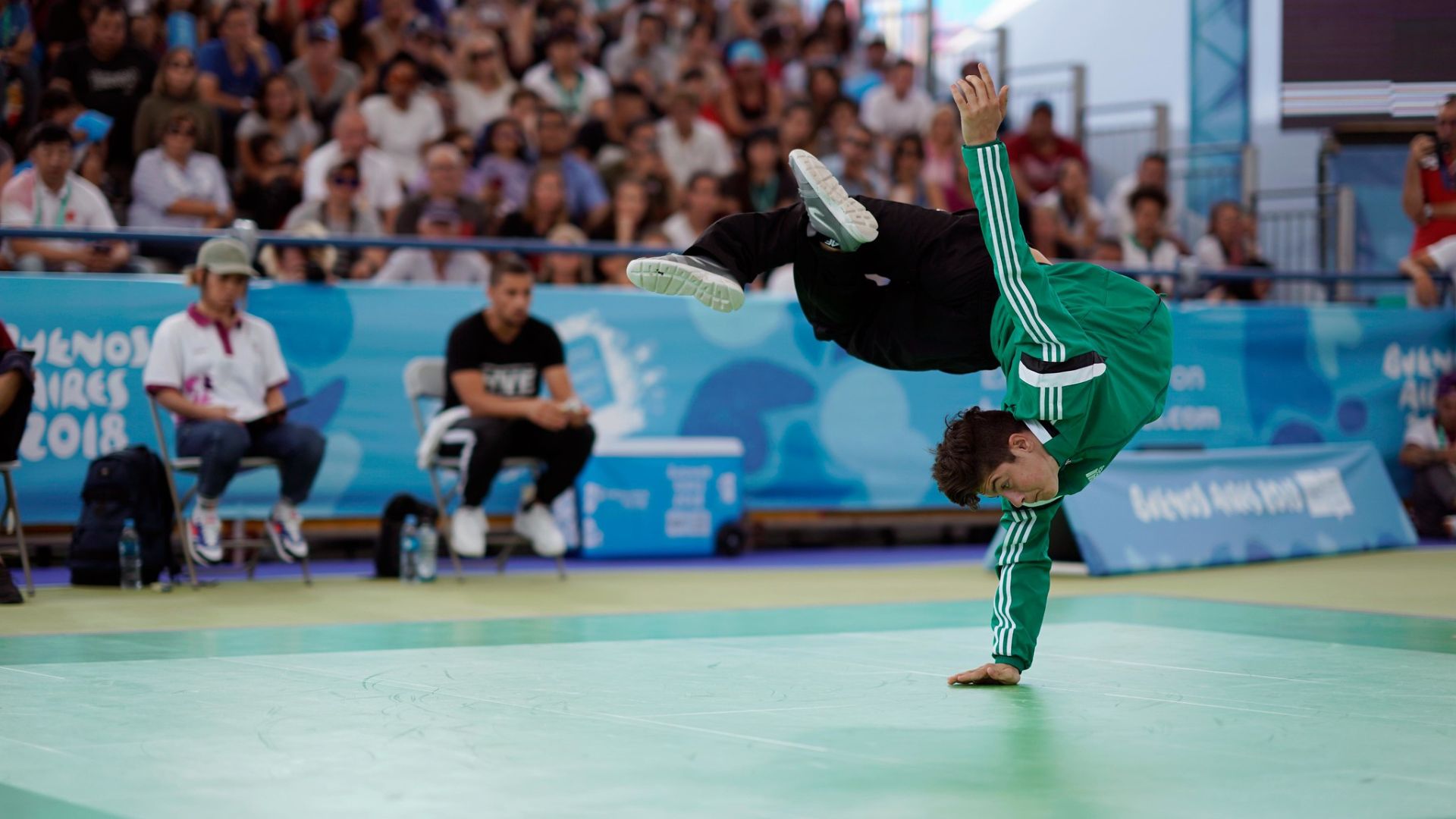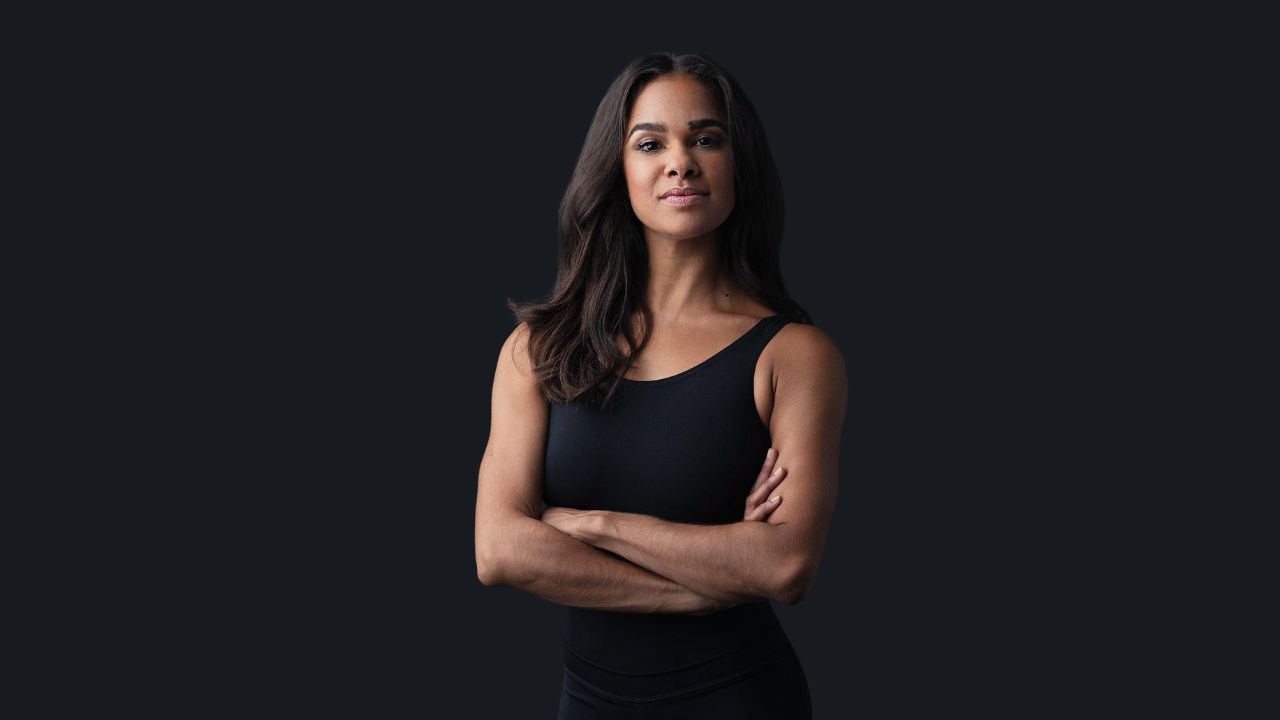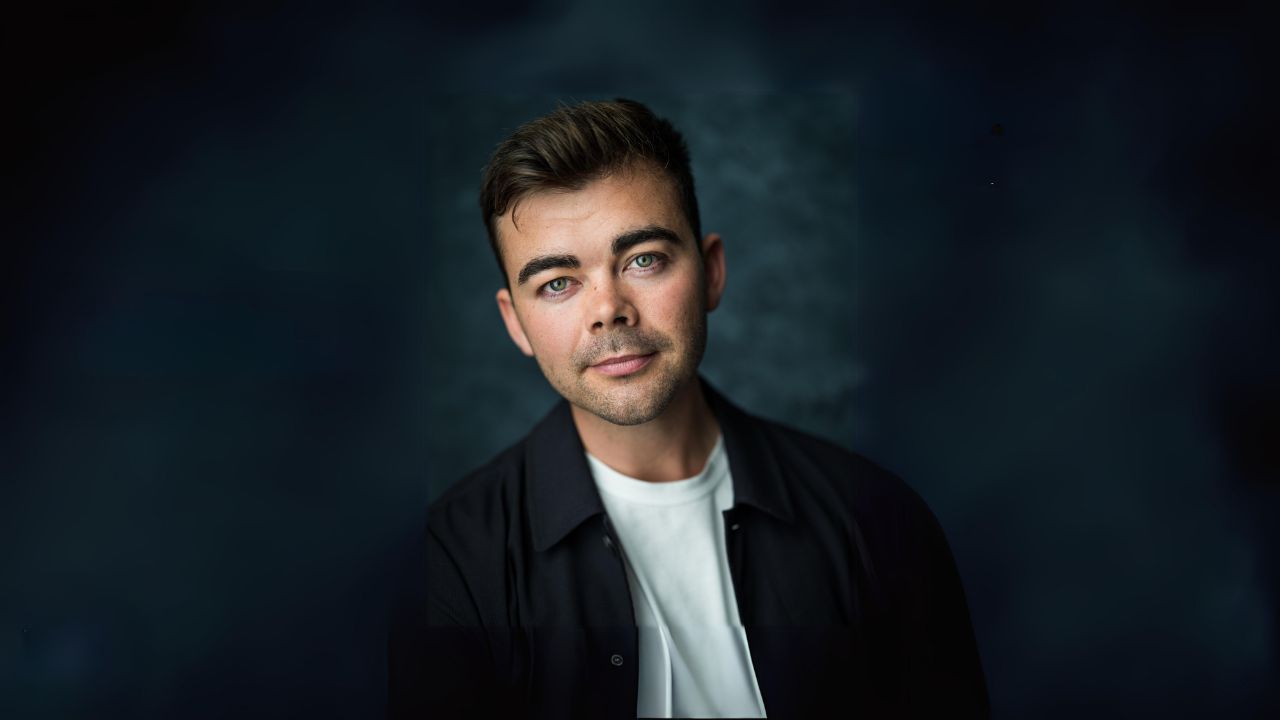Baby steps. Baby model steps. Nine trainee models face a studio mirror-wall in Dance Attic, the battered old Fulham Public Baths as was. Their line-up, plus their repetiteur/dance-captain from the London Modelling Academy, Luise Hasse, veteran of seven seasons on the globe’s fashion week catwalks, are all the glamour on the premises. Very tall and narrow creatures, except for the youngest, just 15, who is petite, and the oldest, graced with relative curves. All in high thin heels, and for the wee petite, platforms too.
They are learning The Walk, locomotion of every fashion display for well over a century. The first proper evidence is newsreel from Paris of the modes of 1909, with short sequences of professional garment wearers doing it; by that year, such mannequins were already old hat. When Charles Frederick Worth invented couture as we know it in the 1860s, he introduced a new concept – instead of making outfits only to clients’ commissions, he showed samples of his own designs, themed, as collections, and recruited his wife Marie, then other mannequins, for a défilé (procession) before potential customers.
Many mannequins came from Parisian theatres, where girls processing in fancy costumes (often rather less all-covering) were a popular spectacle; for couture they were required to be modest and discreet, and wore silk knit ‘fleshings’ to cover their skin under bare-armed or decolletaged gowns. And défilé feet remained hidden through half a century of floor-length, trained and upholstered gowns. Mannequin poses could be winning, winsome, dainty, classical, stately, ever-changing to the approved feminine of the moment. But their movement stayed a steady glide. Any steps under crinolines, bustles, S-bend corsets and petticoat avalanches, were invisible.

The Walk has been the locomotion of every fashion display for well over a century
What happened next emerged from theatre over in London. Classy divorcee Lucy Wallace, later Lady Duff-Gordon, sourced customers for her garment business, Lucile Ltd, via the stage, where new matinees attracted a female audience to shows featuring actresses in the latest fashions, including intimate wear such as tea-gowns. Lady D-G opened Lucile in London in 1903 and, to market her creations, invited clients to tea-time performances. An orchestra played as her mannequins swept on from behind a proscenium arch in her salon, and descended two steps to parade round a dance floor, with the audience seated at its edge.
Her avant-garde designs progressively shed padding, corseting and skirt layers, and began to shorten so the body below the waist was, if veiled, no longer not there, and feet, even ankles, were exposed. She chose tall, slender girls to model. As Lady D-G enjoyed dancing and taking part in the society amusement of costumed tableaux – moments of arrested movement that told a story – her training for the chosen models covered deportment (books balanced on the head), dance and studying ‘attitudes’ – poses. She must have faced the defilé problem: how to keep up tempo as the girls circulate while restricting them from moving too far, too fast.
Lady D-G might have come up with The Walk as solution, or it might have been her rival Paul Poiret, who also opened his own house in 1903, in Paris, and destuffed, thinned and shortened dresses even more radically. He narrowed them so much that chic outfits filmed for that 1909 newsreel approach his hobble skirt line – a band around the knees, which would have imposed The Walk.
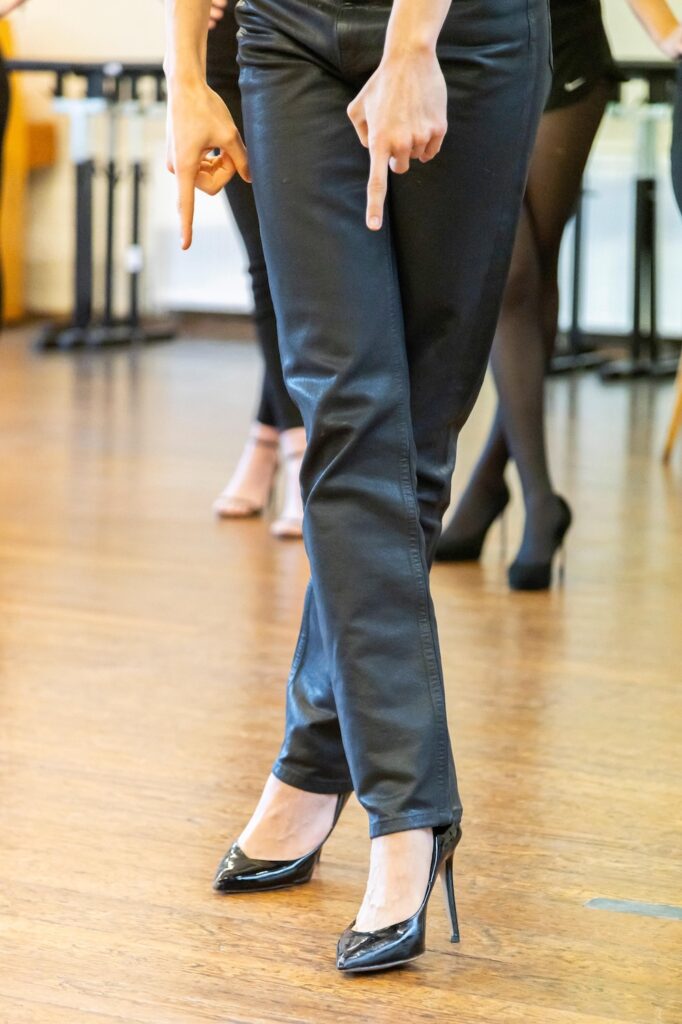
Look
The catwalk workshop led by Michaela Harewood and Luise Hasse at the London Modelling Academy. Photos: Surjit Pardesi
Whichever side of the Channel it originated, the houses of Lucile and Poiret established the basic choreographic modelling step. Both had excellent media connections, Lucile with the emerging cinema and its stars, Poiret with the press (Edward Steichen photographed his models as art). Their manner of presenting modes spread via newsreels, was incorporated into movies and adopted by stores across the world staging retail shows on elevated platforms, which fed back into couture as the catwalk. They all did, and we still do, The Walk.
So, what is The Walk? As the nine models in our class discover, it is initially as difficult as stepping along a balance beam. Head up, no watching the feet. Keep toes straight forwards – no ballet pointing – and swing each foot round alternately, placing them precisely in front of the other. The move is controlled by the hips, which sway deeply, as a slender substitute for the seductions of big, constructed skirts and petticoats in motion. The trainees master that, although besides sashaying side to side like Marilyn Monroe in Some Like It Hot (Jello on springs with a built-in motor), they also have to maintain a long oblique line, a slope from their shoulders, cast far back behind their heels, through their hips, also far forward, to their knees.
That diagonal stance slipped into the choreography during the 1910s, maybe influenced by Gabrielle ‘Coco’ Chanel. Before she went into fashion, she had tried out unsuccessfully for the stage, and been mistress of two wealthy aristos: a few awkward photographs from her chrysalis phase show her picking up a different line of elegance from those leisured men, which registered as modern on camera.
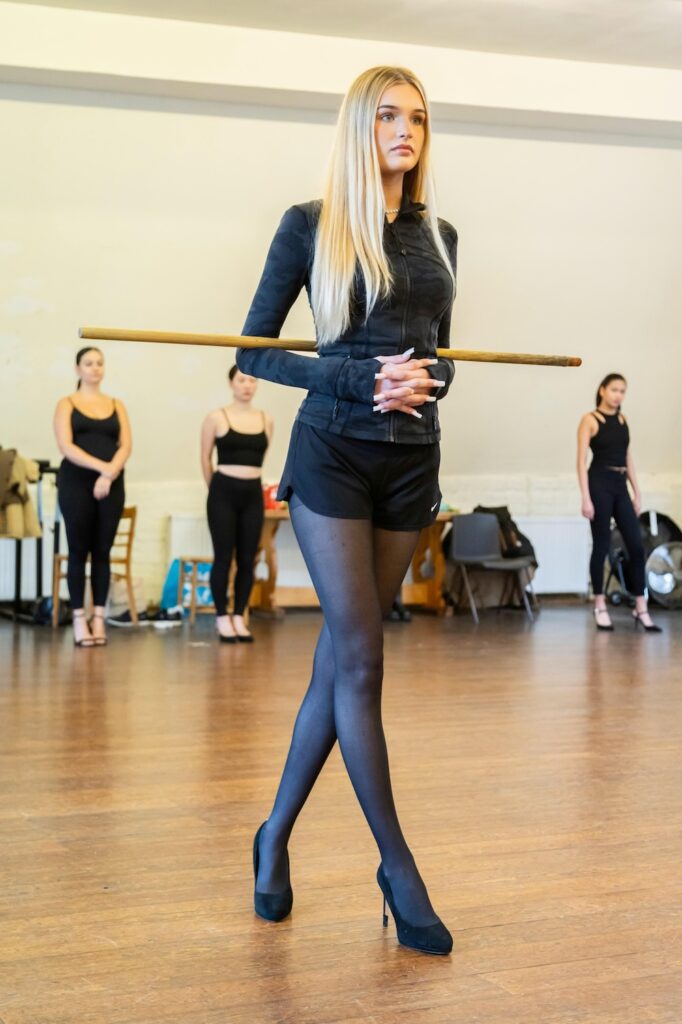
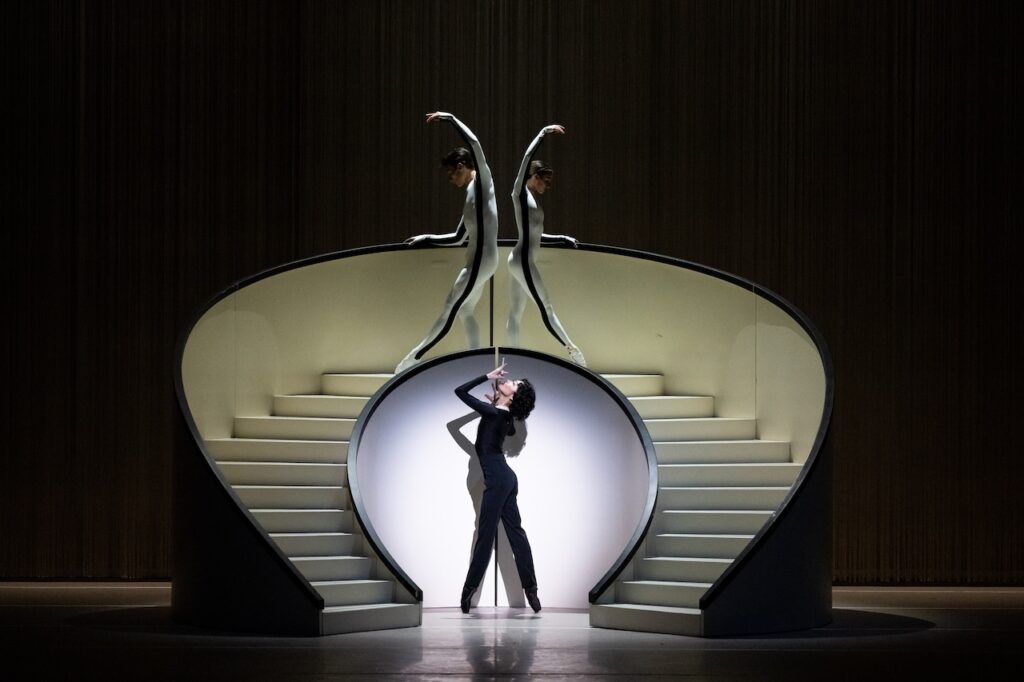
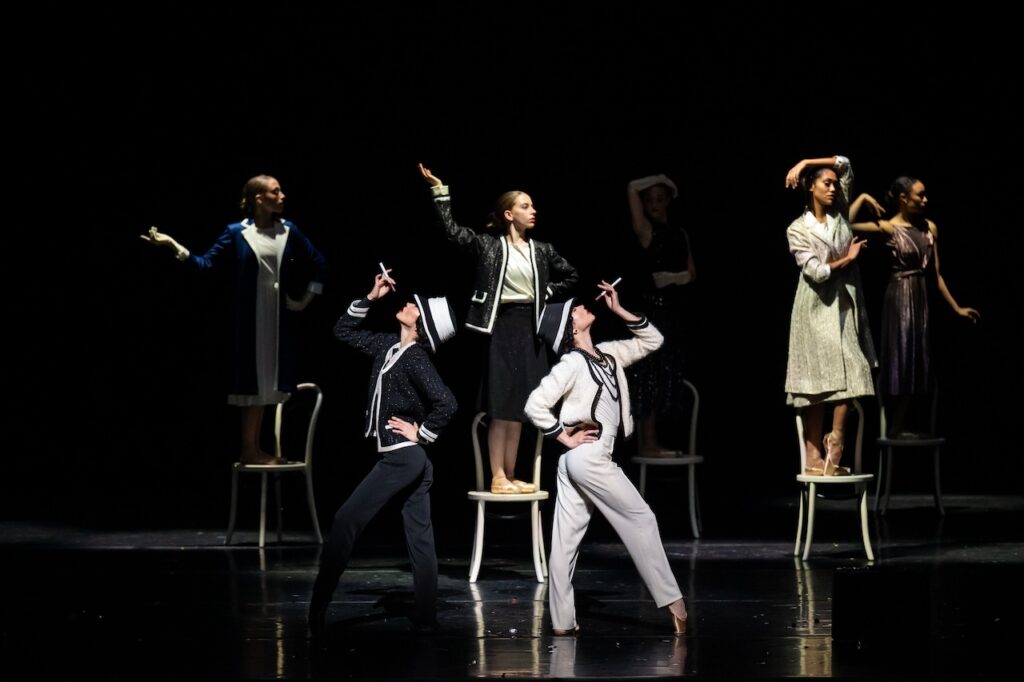
Chanel understood camera-pleasing moves: Hands in Pockets was her signature
Annabelle Lopez Ochoa is the choreographer of a ballet about Chanel, who was herself a fan and patron of the Ballets Russes (the company had its first season in Paris in 1909, and its dancers were often shot in fashionable clothes for the new illustrated papers). On a video call, Lopez Ochoa shows me Chanel’s early understanding of camera-pleasing moves: The Slope, with its power to minimise legs, which Chanel disliked, especially knees; The Bevel – swivelling the hips sideways to foreshorten them into slimness; and the assertive Hands in Pockets, Chanel’s signature move – she inserted working pockets in skirt seams to enable it. Lopez Ochoa, imitating Chanel’s over-the-shoulder glance deliciously, says Chanel evolved into a cleverer, more seductive poser in her clothes than her models ever were.
The next refinement for our trainee models is to level those backwards-pitched shoulders, which must not roll, by holding a broomstick between their elbows as they pace. Then Bag Drill – controlling a dinky specimen lightly by the handle to set the swing of their arms, marching forwards across the studio. Too slowly: time for Energy Tuition – their Walk needs purpose, with oomph; a languid drift was alluring in the Lucile era of horse-drawn carriages, but not now, when at least 50 must circle airport-long runways in a 15-minute show. Speeding up allows space for the ritual pauses to pose for cameras at the turn from the entry, and for the money shot at the runway end.
To coach that, the Academy’s Michaela Harewood steps in. She is its tutor for photographic modelling, usually in one-to-one sessions where character, plus making stage- and page-filling shapes, and minute adjustments of angles in flow of movement, have to be grasped. The Walk is itself a performance, with precious seconds in those catwalk pauses to sell the clothes’ story to the photographer. (No dancing, unless a designer requests it. Lopez Ochoa consulted for Viktor & Rolf, Kenzo liked his show to end in a parade rave, and Ossie Clark famously staged a collection in a club, with models bopping so wildly they risked his chiffons.)
Michaela’s instructions on the correct show expression are even harder to execute than the footwork. No smiling. A flirty glance with personality permissible at the turn to exit. Do not let stress tauten the lips, maintain them always parted slightly, as if good humour might break out backstage. And simultaneously keep the eyes half-closed against flash, glare and audience contact. Practising this, together with the other restraints, makes the trainees stumble again until they shed their own lovely, lively faces and assume the chill not-of-this world mask. After they have perfected Jacket Management – letting it slip off their shoulders, descend their arms, be caught easily in the fingers and dragged on the floor or tossed over the shoulder – that superior expression transforms their abandoned blazers and blousons into mink.
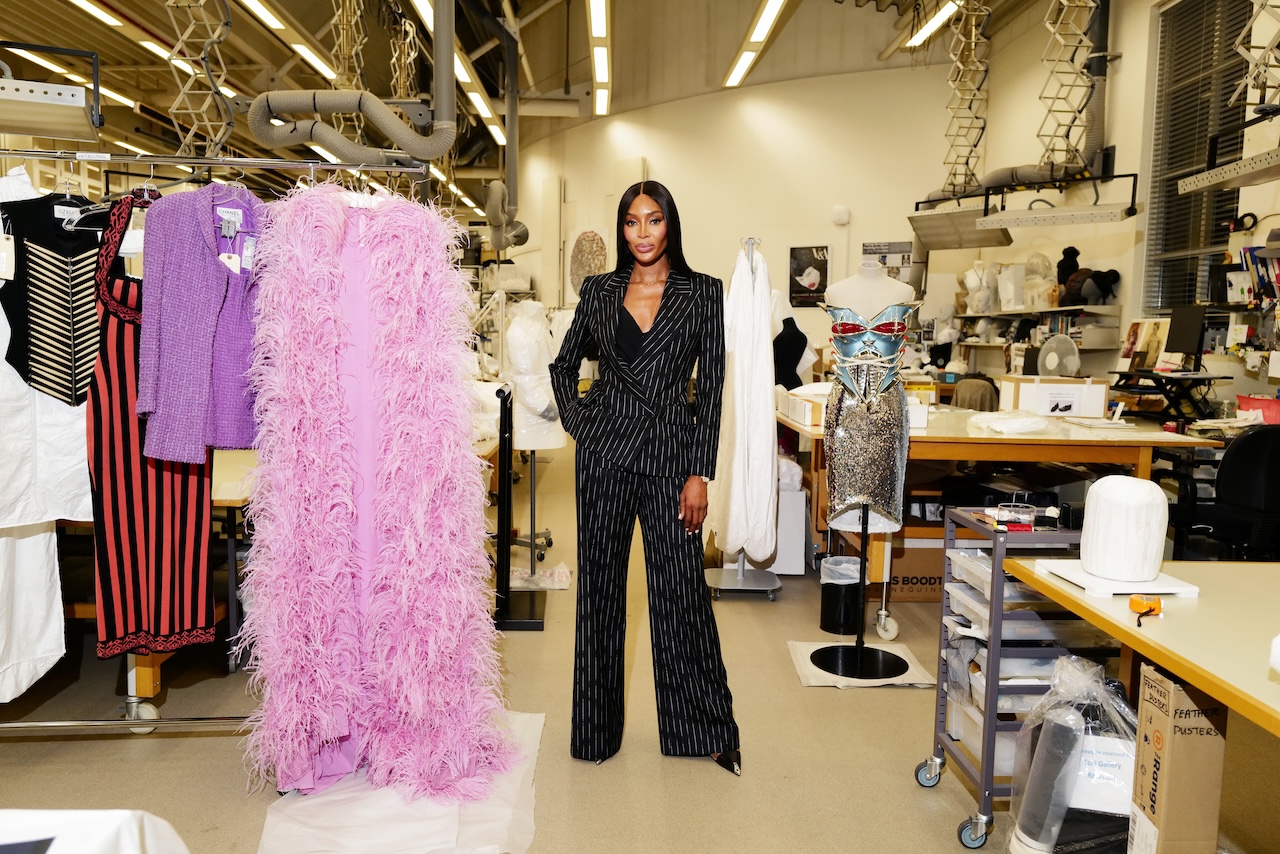
The model we all remember is Naomi Campbell, who gloriously breaks all the rules
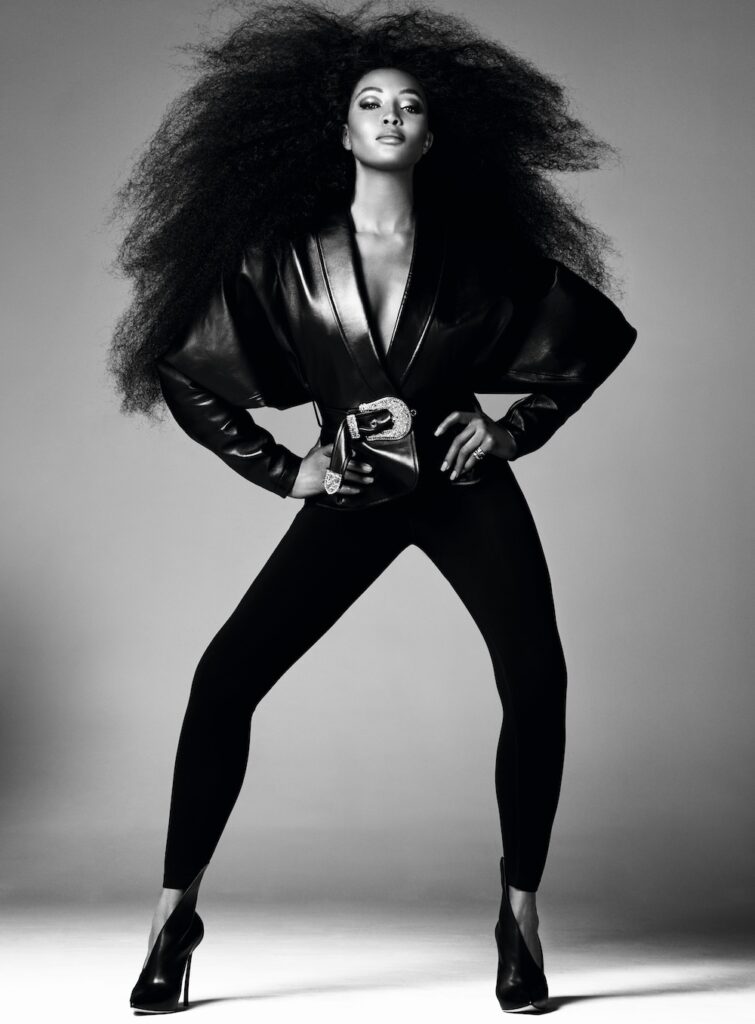
It takes three hours’ hard effort in brutal shoes before Luise and Michaela form them up behind imaginary curtains and push them, like parachute despatchers, out on to a finale circuit of the runway. Click click click. Everything remembered, and wee petite does not fall off her platforms.
But the model we all remember, with glee, is Naomi Campbell, who did crash off her Vivienne Westwoods because she gloriously breaks all the rules in that once-only way which proves their validity. She studied at the Italia Conti performing arts academy, years of tap as well as ballet: her feet habitually cross over each other in her super-high-speed Walk, turning it into a fashion Charleston. Sonnet Stanfill, curator of this year’s Victoria and Albert Museum show about Naomi, said its first exhibit is a screen of runway clips, Naomi coming straight at you, so visitors appreciate ‘her training in theatre arts and dance as a core element.’ There will be footage of her dancing for Azzedine AlaÏa, who trusted Naomi to make shows fun without causing chaos.
Watch
Project runway
Veronica Horwell traces models on film
Paris 1909
Where we came in – mannequins modelling cutting-table-edge designers, some in full command of The Walk. However, incompetent Jacket Management.
Lucile, Poiret
Early perfection of The Walk, and experimentally, The Slope and The Bevel. Models became newsreel regular features.
Movies do Modes
Fig Leaves, 1926, directed by the young Howard Hawks. Real understanding about top-level models back and front of stage. The couture-level clothes by Adrian cost a fortune.
Couture, The Musical
Roberta, 1933, at 1hr46min in, the ideal fashion parade/big song/Astaire and Rogers dance number with a superb coat slither from Ginger.
Chanel Herself
Around 30 years of Madam and her models: she’s always the liveliest, always more modern.
Beyond the Walk
The Women, 1939: the Americans attempt a new, sporty choreography. Didn’t catch on.
Paris, Year Zero
Dior’s 1947 New Look, and imitators, doing The Walk while descending a staircase and on rough grass.
Take the Picture
Funny Face, 1957. Audrey Hepburn models Givenchy, and crosses-over her ballet training with fashion photography. Real top model Dovima laughs at her own poses.
Revolution 1968
Ossie Clark’s club sensation. Nul points for The Walk, but 10/10 for a hippy shake that affected catwalks thereafter.
RESOURCES
Veronica Horwell is a writer for the Guardian, among other publications.

